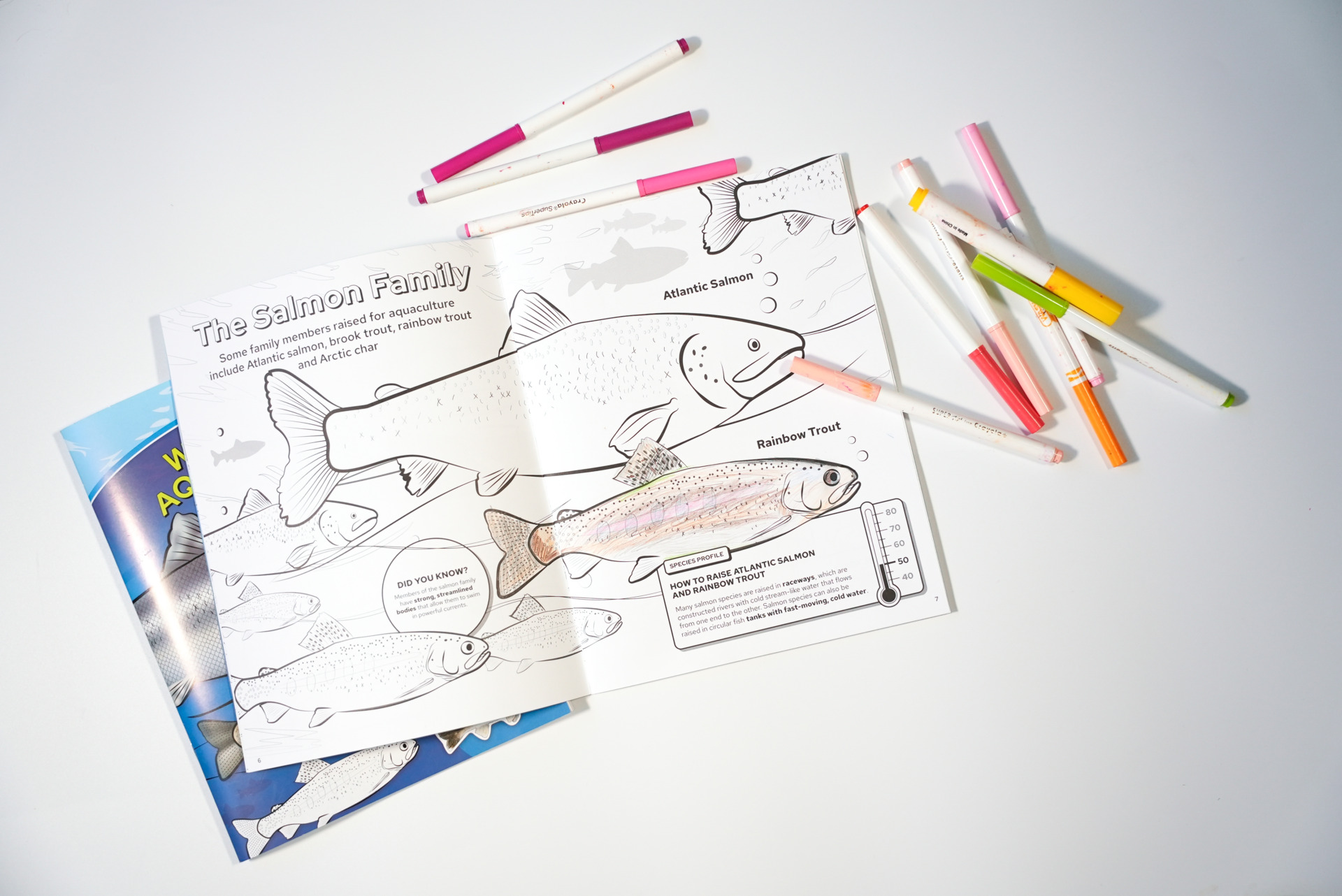Previous conferences were held in Sweden, Canada, Germany, Brazil, Japan, Slovenia and – the last time the conference was held on this continent – Madison, Wis., five years ago.
Why Wisconsin? Some of the top researchers in the world are here. They have worked with public health and resource management agencies to set the standards in the collection, measurement, analysis and evaluation of mercury in water, air, sediments, fish, wildlife and people.
Mercury is the only element that is both liquid and vaporous at room temperature. It changes form as it moves through the environment and increases in toxicity as it moves up the food chain.
Scientists overwhelmingly agree that mercury is a pollutant of worldwide concern. The largest sources are coal-fired power plants, chemical manufacturing, cement plants and small-scale gold mines.
Tiny amounts of mercury can migrate quickly across the globe. Its persistence in the environment is even more problematic because it can build up in the food chain, becoming more and more toxic to fish, mammals, birds and humans. Those who frequently eat mercury-tainted fish are subject to health impacts, including neurological and reproductive impairments.
Fish are a good, low-cost, low-fat source of nutrition, but should be eaten wisely. In Wisconsin, health experts have issued a fish consumption advisory because all fish from our waters contain mercury. People who make fish a large portion of their diet, women of childbearing age who intend to become pregnant and children under 15 should be particularly careful when choosing fish to eat.
In general, large fish contain more mercury than small fish, but the contaminant cannot be cut out of a fillet because it is distributed through the fish’s muscles, rather than the fat and skin.
Granite bedrock, thin acidic soils, abundant wetlands and lakes with low nutrient concentrations make much of the Great Lakes region particularly vulnerable to mercury contamination. It hits hard at the species we love, such as sport fish, loons, bald eagles, and other fish-eating wildlife. In fact, our region of the world is so important to the understanding of mercury as a worldwide pollutant that the Great Lakes region will be the subject of a special session at the Halifax conference.
Scientists from Wisconsin, the seven other Great Lakes states and Ontario have spent the past several years studying mercury contamination and its ecological effects on this part of the globe. The results of 30 research projects are in the process of being published and many will be presented at the special session in Nova Scotia.
At the 2006 conference, the Madison Declaration on Mercury Pollution was passed, summarizing the scientific and technical conclusions of the international experts on environmental mercury pollution. This declaration has served as the scientific foundation of proposed national legislation for reducing mercury emissions from coal- and oil-fired electric power plants. Two of us currently serve as technical experts related to this legislation.
So, why Nova Scotia? Like Wisconsin, Canadian scientists are very active and well-established in mercury research. The conference theme, “Air, Land, Sea and Me” will allow attendees to look into a final frontier of mercury research, the oceans.
Christopher L. Babiarz (University of Wisconsin-Madison), James P. Hurley (University of Wisconsin-Madison), David P. Krabbenhoft (U.S. Geological Survey) and James G. Wiener (University of Wisconsin-La Crosse) made up the organizing committee for the 2006 International Conference on Mercury that was held in Madison, Wis. All four are also attending the 2011 International Conference on Mercury.





